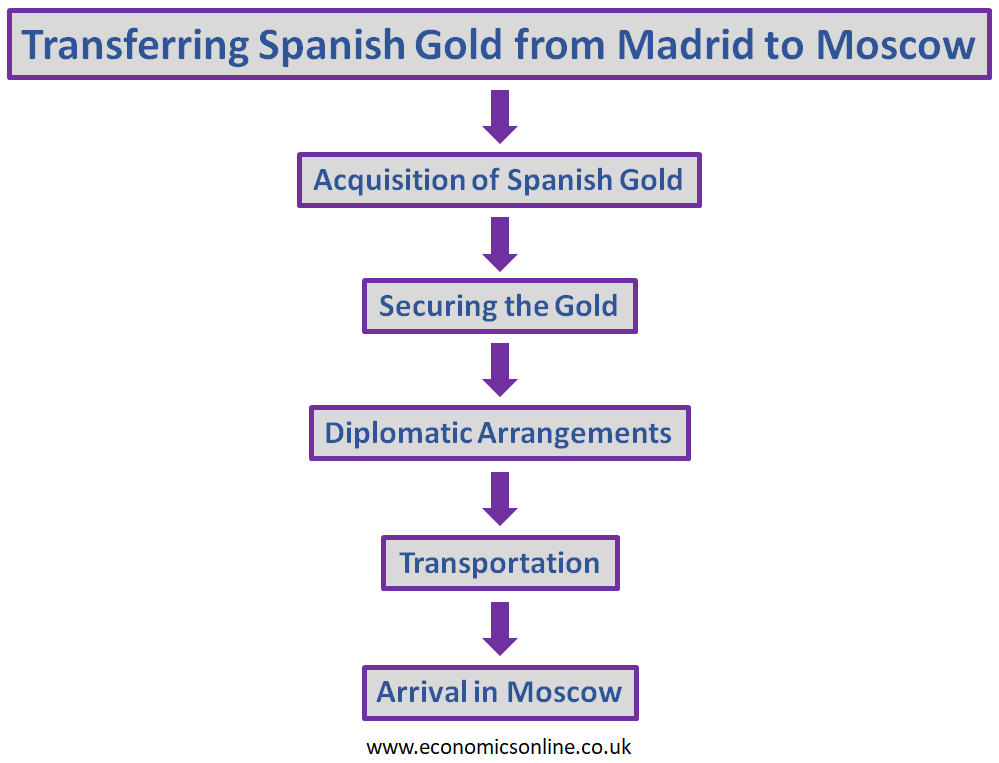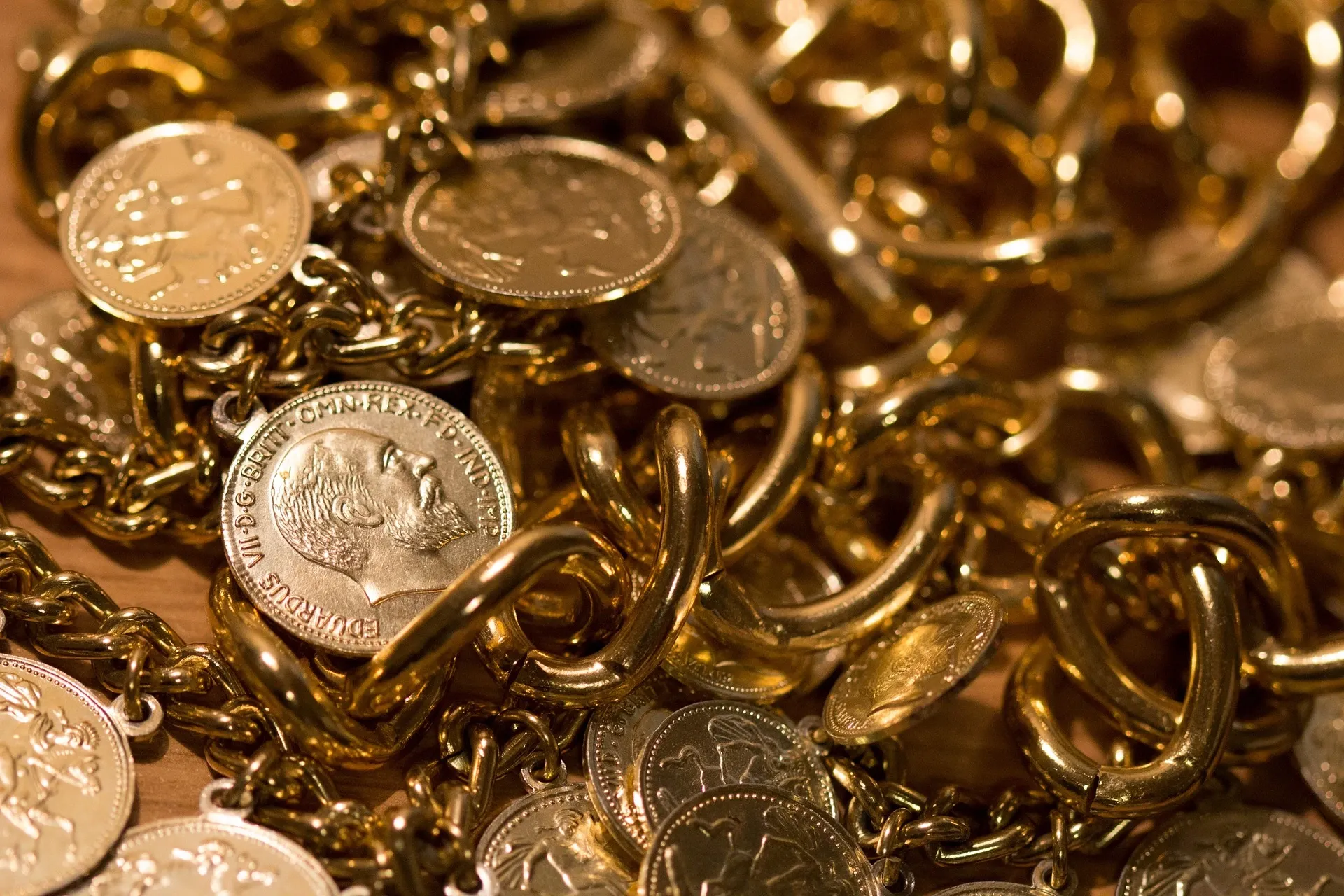
Photo by Ashin K Suresh / Unsplash
Economic Ripple of Spanish Gold
What is Spanish Gold?
Spanish gold refers to the huge quantity of gold and silver acquired by the Spanish conquerors from the Incas during the sixteenth century.
This gold was looted by the Spanish conquerors from the Inca Empire, especially from Cusco (now Peru) and the many gold mines there. Cusco, a famous city, had an immense amount of gold and silver, which had made the country very rich overnight. This gold was over 100 tons and was an asset for the citizens of Spain at that time.
Spain got its gold from the colonies of America like Moscow, Peru, and Colombia. These states were enriched in these kinds of precious metals that were beneficial for the country at that time. The gold extracted from these regions enhanced wealth, harmony, and power of the country. This wealth was very helpful for encouraging Spain’s international trade and stimulating the economy.
Historical Background
The historical background of Spanish gold is explained below:
Exploration and Conquest
During the 15th and 16th centuries, an immense amount of gold was found by the conquerors. The discovery of this gold led to the economic growth of the country.
Conquistadors
The famous conquerors like Hernán Cortés and Francisco Pizarro led expeditions and plundered gold from indigenous civilisations.
Aztec Empire
The Spanish conquerors looted large amounts of gold from the Aztec Empire (now Mexico city), including the famous treasure of Moctezuma.
Inca Empire
The conquistadors seized immense quantities of gold from the Inca Empire, particularly from the city of Cusco in Peru.
Transatlantic Trade
Spanish gold became a valuable commodity in the global trade network, attracting merchants and traders from various countries.
Financing the Spanish Empire
The influx of gold played a crucial role in financing military campaigns, colonisation efforts, and the expansion of the empire.
Economic Impact
The introduction of this gold into Europe led to inflation and economic changes, as the increased supply of gold affected prices and trade.
Global Trade Networks
This gold became an important part of international trade, influencing economic relationships between Europe, the Americas, and other regions.
Cultural Significance
Spanish gold symbolised wealth, power, and prestige, shaping the perception of the country as a dominant empire during that time.
Legacy
The historical background of this gold continues to be studied and remembered as a significant chapter in the history of exploration, colonisation, and global economics.
Transferring the Spanish Gold from Madrid to Moscow
The following points explain the journey of Spanish gold from Madrid to Moscow:

Acquisition of the Spanish Gold
The Spanish Empire acquired vast amounts of gold through exploration and conquest in the American states, accumulating a considerable treasure.
Securing the Gold
The government took measures to safeguard their gold, storing it in secure locations such as the Royal Treasury in Madrid.
Diplomatic Arrangements
In certain historical instances, the Spanish government might have made diplomatic arrangements with foreign powers, including Russia, to store or transfer their gold reserves.
Transportation
The physical journey of transferring the gold cargoes from Madrid to Moscow involved careful planning, security measures, and logistical arrangements, such as using well-guarded caravans or Spanish ships.
Arrival in Moscow
On the arrival of these gold reserves in Moscow, they were immediately sent to secure locations like banks or other treasures to keep them in safe hands and maintain their value.
Doubloon
Doubloon refers to a type of gold coin that was frequently used in the Spanish Empire. These gold coins became a famous form of currency during the 16th century. The doubloon was made of pure gold with distinct designs, which consist of a coat of arms on one side and a ruling monarch’s portrait on the other. These coins, or doubloons, were so famous and highly valued in the market at that time due to their gold content and historical importance.
The Moscow Gold
The gold reserves that were wrenched out, stored, and moved to foreign banks to reserve these assets during the Russian Resolution and Spanish Civil War are known as the Moscow gold. These reserves were the property of the Russian government. Moscow gold is a general term used to explain the transfer of gold reserves to ensure their safety during economic instability and political crises. These gold reserves were used in different activities, like military operations, and to support political parties to overcome the damage. The banks where these gold reserves were kept made sure to provide a safe haven from political and economic instability for that particular country.
Significance of the Inflow of Spanish Gold
The inflow of Spanish gold can lead to some monetary consequences, which are explained as follows:
Debt Payments
This gold was used to pay off the country’s debts and to fund religious wars. In this way, the gold started spreading to other European countries.
Consumption
After getting the gold, Spain started importing goods from other countries which led to a higher consumption and standard of living of people in the short run. However, there was a little incentive for domestic producers to increase their output.
Balance of Payments Deficit
High volume of imports in Spain resulted in the balance of payments deficit. The country lagged behind in economic progress as compared to the other European countries due to a higher dependence on imports.
Inflation
The immense inflow of gold led to an increase the money supply in Spain and Europe. This is known as the price resolution. This price resolution led to inflation and high prices for goods or services provided due to an increase in the money supply. Inflation also caused a decline in the Spanish exports.
Currency Devaluation
The abundance of gold and the subsequent increase in the money supply resulted in the devaluation of the Spanish currency. This devaluation had an impact on trade and economic stability.
Economic Imbalances
The wealth generated from Spanish gold led to economic imbalances within Spain and Europe. It created disparities in wealth distribution and affected trade relationships between countries.
Mercantilism
The acquisition of vast amounts of gold allowed the country to implement a mercantilist economic policy. Mercantilism aimed to accumulate wealth through a favorable balance of trade, with gold being a crucial component of this strategy.
Global Monetary System
The influx of Spanish gold had a lasting impact on the global monetary system. This global monetary system led to the development of international trade, the implementation of monetary policies, and the establishment of financial institutions for the safekeeping of gold reserves.
Gold Fever
The intense excitement and obsession of people with finding and acquiring gold is called gold fever. The concept of gold fever had both positive and negative effects on Spanish gold, as it brought an increase in the economy, population expansion, and investment in technological advancement, but it also caused some conflicts and issues like environmental destruction, taking advantage of native populations, etc.
People make fortunes overnight by becoming rich and having a posh lifestyle by having gold. The thirst for gold led to an increase in mining, the development of new mining techniques, and the rise of gold rushes.
The Treasure of El Dorado
El Dorado is a mythical city that is rich in gold and other precious treasures as well. It is the kingdom rumored to have gold and other reserves. According to the legend, a famous myth is that the rulers of El Dorado covered their bodies in gold dust and then dived into the river or lake for their ancient rituals. Many conquerors went for the search of El Dorado, but this city has no clue on this planet Earth, but there are some ancient tales and stories that give evidence of its existence. The actual existence of El Dorado as a city is a mystery that has not been resolved yet.
Hidden Wealth
The discovery of Spanish gold during the time of colonisation led to the creation of a myth of hidden wealth. The immense amount of stolen Spanish gold was used to fuel the Spain Empire’s wealth and power. But not all the amount of Spanish gold was sent back. Some of it is lost or hidden, giving spark to myths and stories of hidden wealth, which are also motivating explorers to do mining in quest for this lost or hidden gold.

An additional information of hidden wealth, as an example, is the lost treasure of the Spanish galleon, the Nuestra Señora de Atocha, which sank on the shore of Florida in 1622. The location of this hidden treasure became a mystery for centuries. In the 1980s, a wreck was found containing gold, silver, and other precious treasures or reserves.
Modern Day Relevance
Oil rich countries have huge quantity of oil, which can be considered as a modern day equivalent of the Spanish gold. The oil producing and exporting countries have a higher consumption and hence a higher standard of living. However, heavy reliance on oil means less focus on the development of domestic industries, which can hamper the long term economic prosperity, if the oil reserves start diminishing.
Conclusion
In conclusion, Spanish gold is an interesting topic in world history. Spain faced some short term benefits of the Spanish gold in the form of a higher consumption, payment of debts and an increase in imports. However, despite of having huge amount of gold, the country lagged behind in terms of economic progress in the long run due to higher imports and less dependence on domestic industry. The Spanish gold was helpful for the Spanish Empire to stimulate its economic activities and encourage technological advancements in it at least in the short run.


